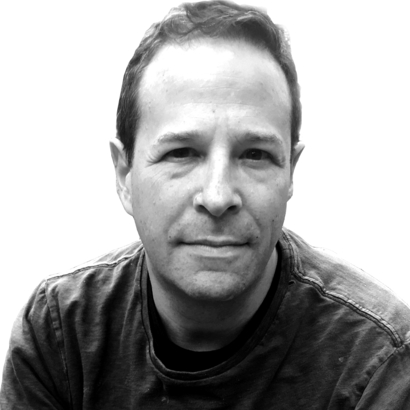Defense attorneys and prosecutors have told me that Elizabeth Holmes can’t win; that more than 90 percent of cases like hers are settled by plea because lawyers know that such clients, turned in a heartbeat or a finger prick from symbol of ingenuity to symbol of villainy, cannot overcome the skepticism of a jury; that 1-percenters like Holmes, who grifted her way into a Silicon Valley life of private jets and five-star hotels, cannot win sympathy from the sort of people who can’t get out of jury duty; that it’s almost impossible for a defendant such as Holmes, who left a trail of paper and a stream of video in which she tells every kind of lie about her defunct blood-testing start-up, Theranos, to walk free.
But I’m not so sure. It’s not the federal case, which is strong, that makes me doubt, nor the defendant’s charm. It’s the victims.
Prosecutors have put disgruntled customers on the stand, people who used the Theranos machine—said to conduct hundreds of medical tests with a few pricks of blood—and received false, unnerving results. But these are not the victims. No one was killed, or was made ill. Nor are the doctors who sent the patients to those machines the victims, though you might reach that conclusion.

The actual victims, whom the jury finally heard from last week, are the investors who fell for the pitch and lost their investments. And, no, these were not grandmothers talked out of their life savings by some sharpie from town, or young college students taken in by a hand of fixed poker on their way back to school. Holmes’s victims were members of the wealthiest, savviest families in America. Walton. DeVos. Murdoch.
And the reason they got taken is that they didn’t do their due diligence. (Some of Holmes’s claims were ludicrous.) And the reason they didn’t do their due diligence is because they were in a hurry. And the reason they were in a hurry is because they’d been told by Holmes that this was a once-in-a-lifetime deal, like buying Apple stock on day one, or investing in Standard Oil when John D. was still drilling outside Cleveland, Ohio. An inside offer, a fix—to get full value, you have to act fast. That is, Murdoch, DeVos, and Walton had been offered the sort of surefire opportunity never on offer to the kind of people who sit on juries. But, in this instance, the wealth which normally protects and enriches the Über-rich made them a target. They played the fix, but it turned out the fix was on them.
What kind of victim is that?
Holmes’s victims were members of the wealthiest, savviest families in America. Walton. DeVos. Murdoch.
What Elizabeth Holmes is alleged to have done is a crime, the sort that can land her in prison for 20 years—she’d be 57 when she got out; Trump dead, Biden dead, and large parts of the planet shaded by Teflon—but jurors look at such things differently when they resent the mark more than they resent the charlatan.
Holmes has acted her part beautifully. When she played a titan, she spoke in a baritone and did not blink. As a defendant, she surrounds herself with family and lets everyone know she is the mother of a newborn baby. She enters court holding the hand of either her young husband or her concerned mother. An early hint of this strategy’s success came when one juror was dismissed after serving a month, saying that her Buddhist principles of forgiveness would fill her with intractable guilt were she to render a guilty verdict that sent Holmes to jail. (She might still have been a Buddhist if she’d been on the Harvey Weinstein jury, but maybe not so observant.)

In the eighth week of the trial, jurors heard testimony from Lisa Peterson, a managing director for a division of the investment firm RDV, which had helped vet the deal for the DeVos family. Peterson said she’d been tipped to Theranos by RDV’s C.E.O., Jerry Tubergen, who’d returned with great excitement from a conference where he’d met Holmes. “This morning I had one of the most interesting meetings I can recall with the women [sic] profiled in the attached Fortune magazine article,” Tubergen wrote in the e-mail sent to the DeVos family.
Peterson told the jury that Holmes sought wealthy families who would want to invest for the long term and who would not press Holmes to go public. The names of some other investors were mentioned: “Walton family for sure (I’m thinking nice synergy there),” Tubergen wrote in a memo.

According to CNN Business, “Peterson, Tubergen, and three DeVos family members flew to Theranos’ headquarters in October, 2014 before investing $100 million, double the amount they’d originally anticipated. Peterson said while there, Cheri DeVos had her blood taken by finger stick.” The Walton family, whose net worth is estimated at $235 billion, invested $150 million. Rupert Murdoch invested $125 million.
There is irony in this. It was not enough that she told them they could increase their pile; she told them they could increase their pile by helping soldiers, refugees, the needle-phobic, and the poor by giving them a quick, all-encompassing blood test. In her pitch document, Holmes described her mission as “doing well and doing good,” though a better construction would be “doing well by doing good,” ergo, easy tests for refugees; billions more in the family fund.
Rich Cohen is a Writer at Large for Air Mail


